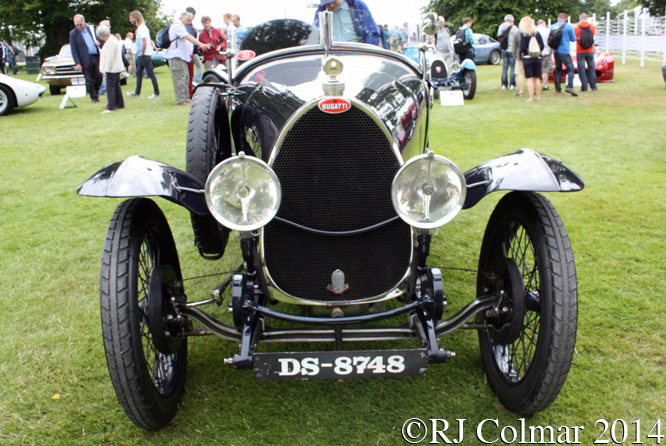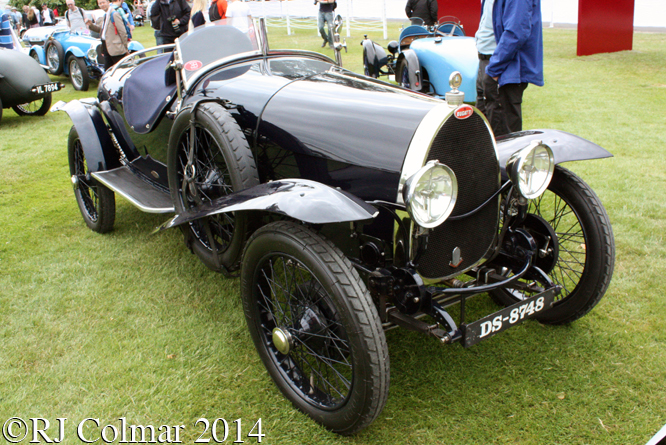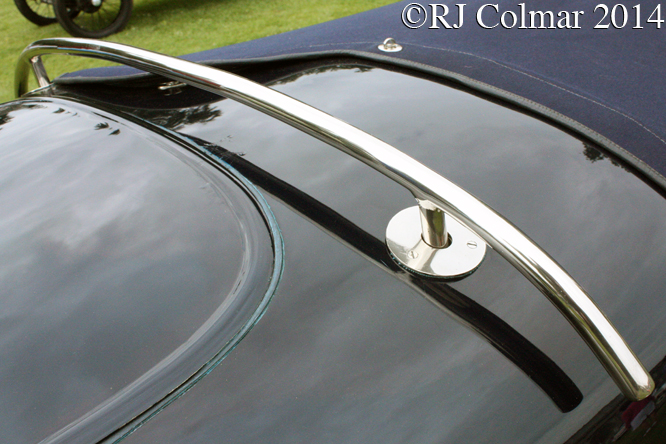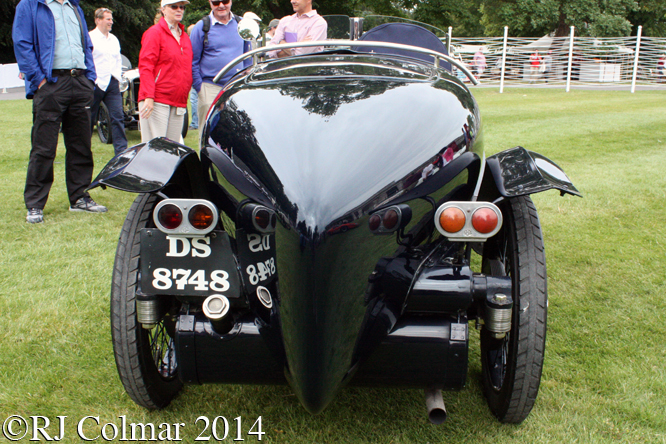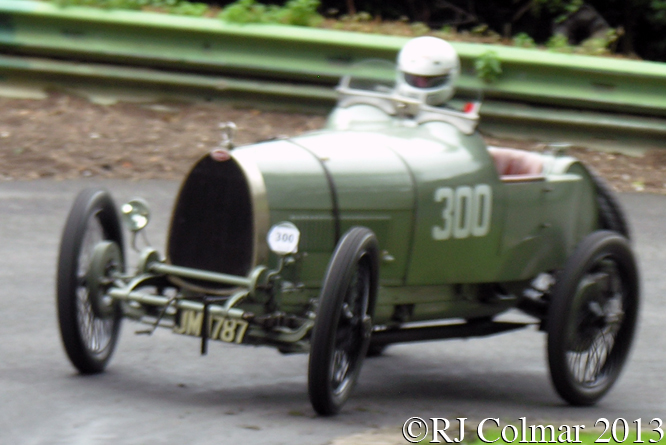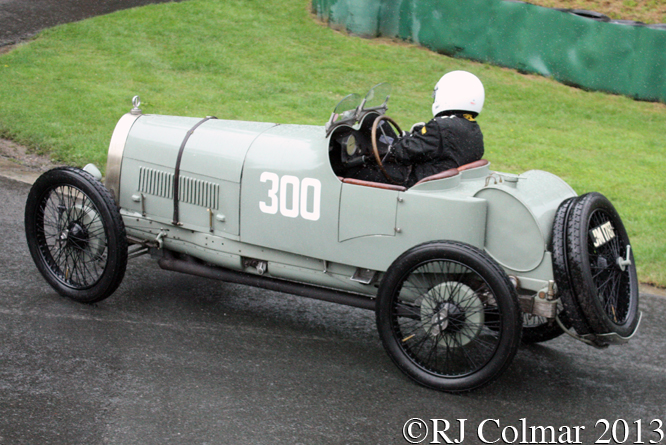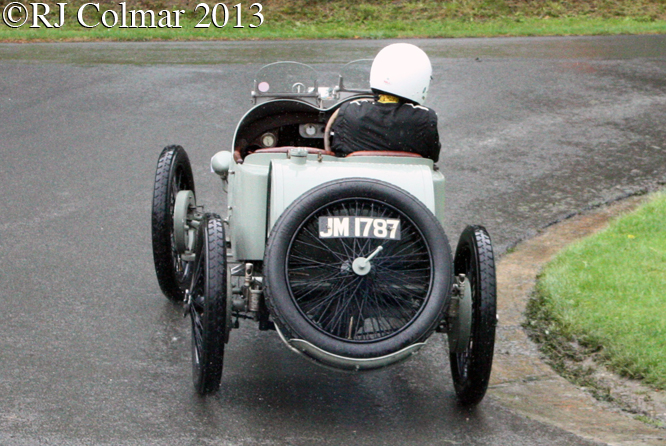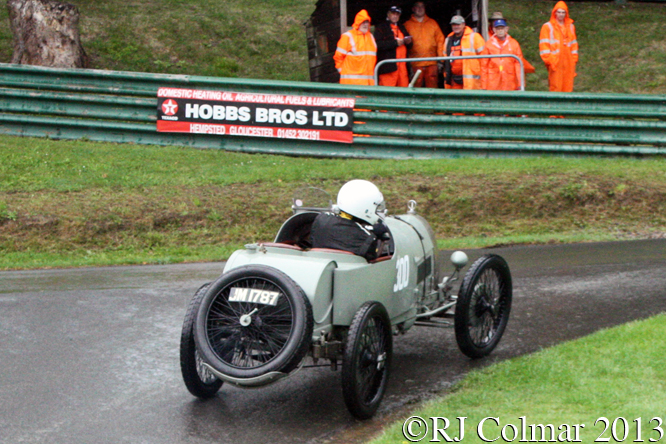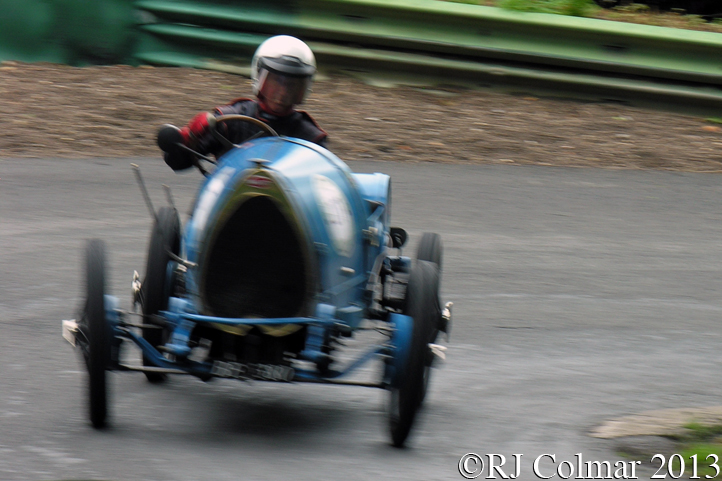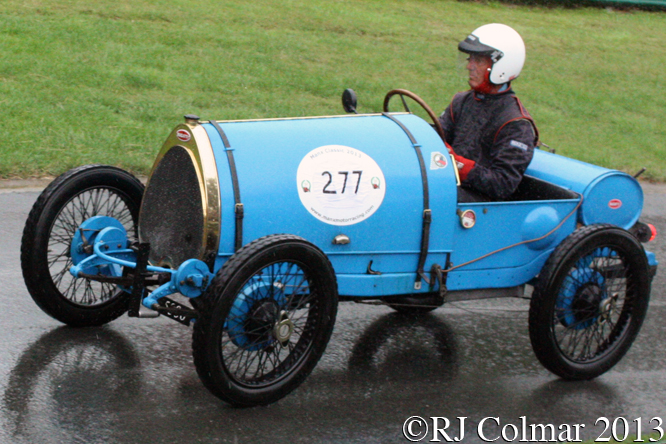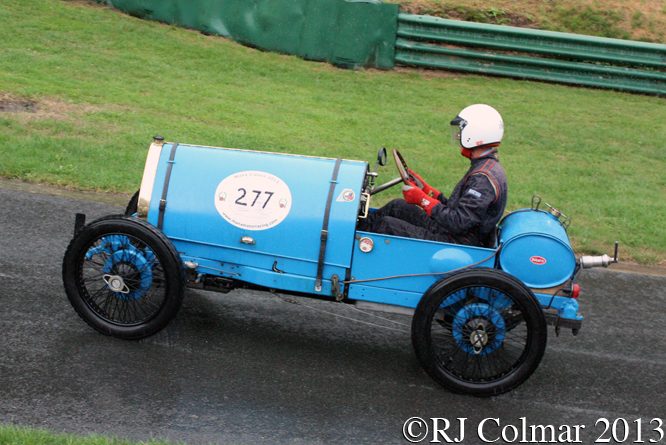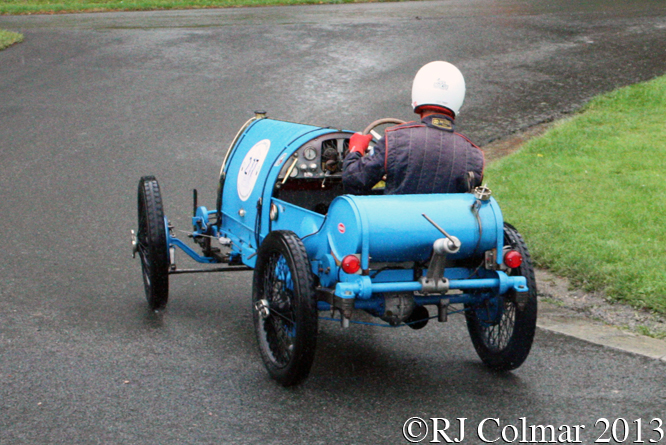Old racing cars do not die, they just get harder to identify, a case in point is the Ferrari 512M which is painted in the colours of the Ecurie Fillipinetti racing team.
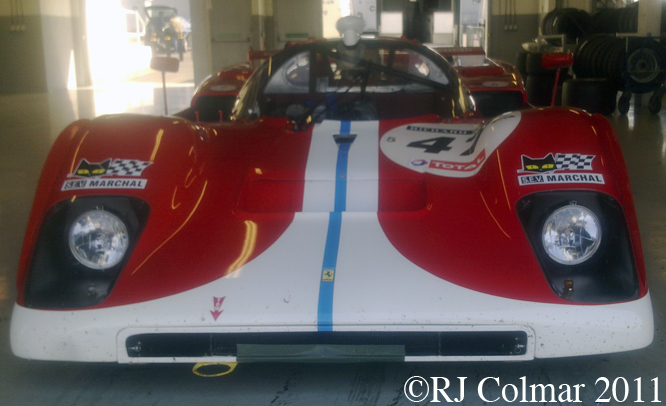
Thanks to Aardy at FerrariChat this vehicle has been identified as chassis #1024, a vehicle that was built in 512S guise, then before it ever turned a wheel in anger got upgraded for the 1971 season to 512M specification, distinguishable by less rounded body panels and the winglets hanging on either side of the tail.
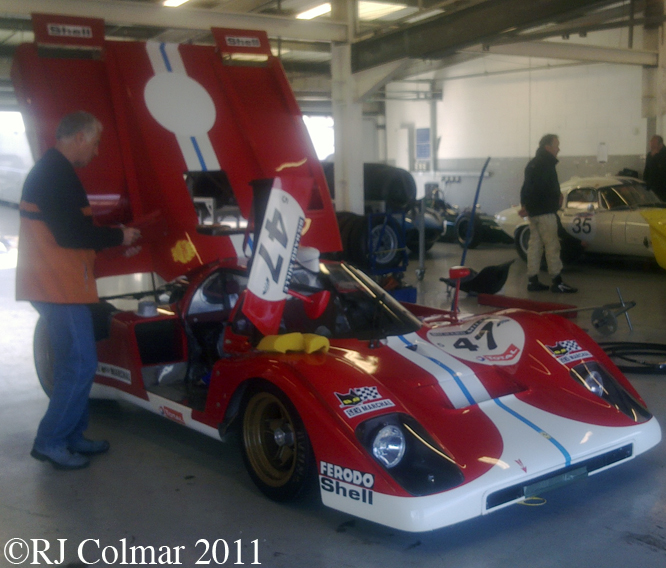
25 Ferrari 512’s were built to conform to the FIA Group 5 regulations that were in force for sports cars from 1969 to 1971.
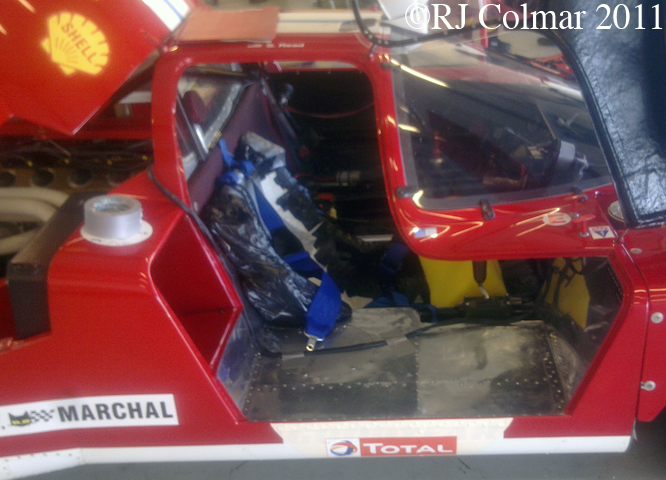
Unlike Porsche who supplied four different independently funded teams with 917’s that had factory backing creating a competitive inter marque rivalry, Ferrari ran its main effort from the factory and gave little or no support to the customer teams like Scuderia Brescia Corse which originally ran chassis #1024 seen here.
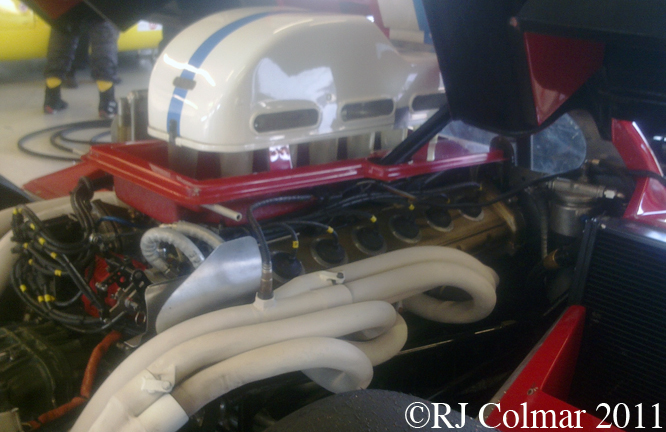
Power for the 512 Group 5 racing cars came from a 560 hp 60º V12 displacing 4993 cc / 304.6 cui with 4 valves per cylinder.
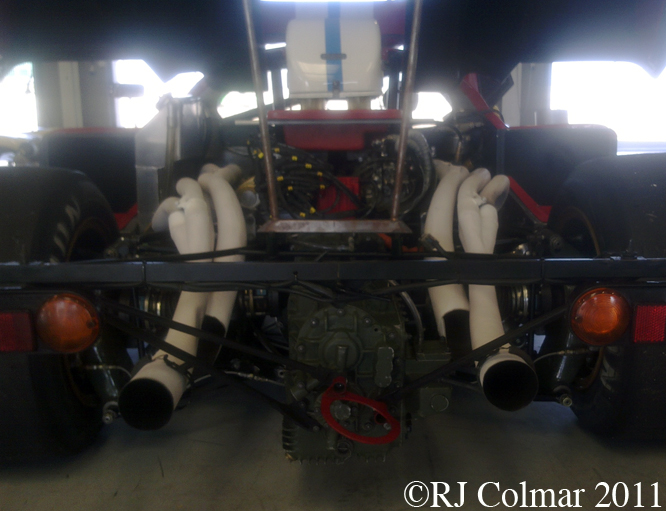
The sound of this vehicle in the enclosed confines of the garage is well beyond expletive awesome, pure magic IMHO.
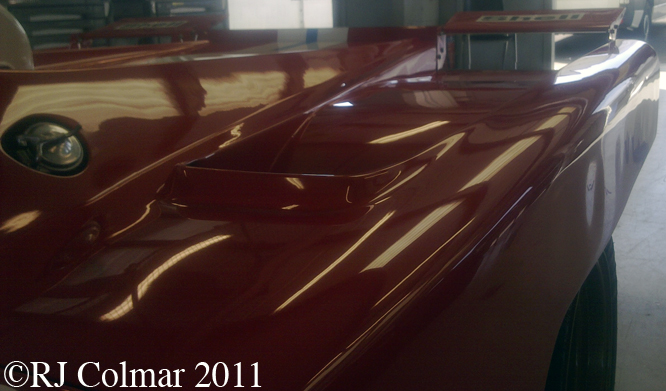
The M specs rear bodywork was clearly influenced by the work JW Automotive had done on the rear of the Porsche 917 for the 1970 season.
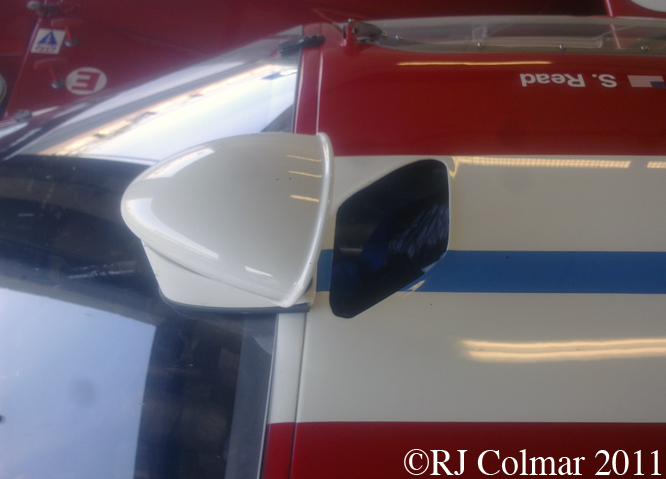
The most frequent driver of this Scuderia Brescia Corse vehicle in World Sports Car and Interserie (a European Version of Can Am) championships raced under the pseudonym ‘PAM’.
Thanks to REDARMYSOJA aka Robby Stockman at The Nostalgia Forum, we know the identity of ‘PAM’ was Marsilio Pasotti who raced a variety of vehicles including Fiat Abarths and a Ferrari 206 from at least 1962 to 1977.
It transpires that ‘PAM‘ won his class in the Italian and European Touring car championships in the 1960’s and took four outright victories on the Malegno-Borno hillclimb.

The steel chassis already heavier than the alloy chassis Porsche 917, combined with the weight disadvantage of the 512’s cooling system over the air cooled 917 meant the 512 was 100 kg / 220 lbs heavier than the Porsche which thanks to it’s flat 12 engine layout also had a significant handling advantage because of it’s lower centre of gravity.
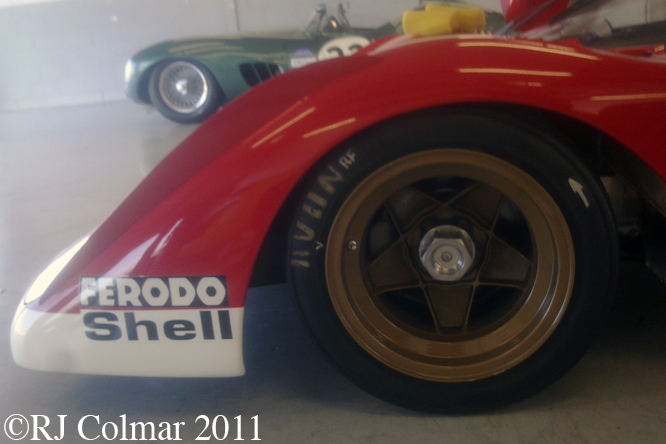
The 512 was relatively outclassed by the 917 in results, though ‘PAM’ did win the Malegno-Borno hillclimb with the vehicle pictured.
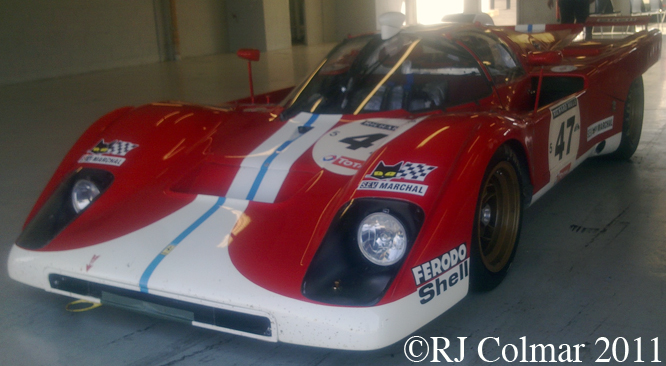
In 1970 the 512 was driven to victories at Sebring and Kyalami but none in the World Sports Car Championship during 1971.
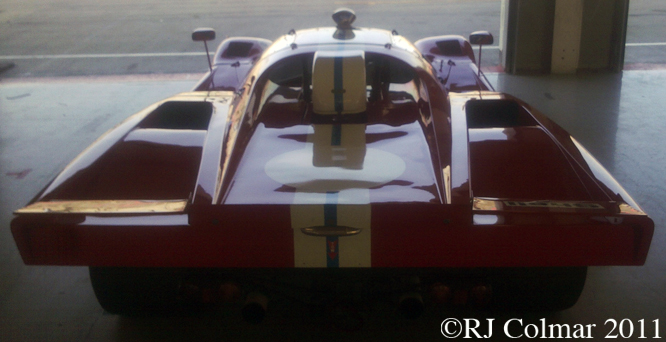
This vehicle was completely restored in 2001 and sold to an American collector in May 2008. Nick Mason also owns a 512 in the older 1970 ‘S’ guise.

This car should be out racing during the forth coming Silverstone Classic weekend, with luck I might just see and hear it in action.
My thanks to everyone at FerrariChat and The Nostalgia Forum for their help identifying the real identities of the car and original driver ‘PAM’.
Thanks for popping by for Ferrari Friday at ‘Gettin’ a lil’ psycho on tyres’ I hope you’ll join me again when I’ll be celebrating the 30th anniversary of my first trip to Le Mans. Don’t forget to come back now !
